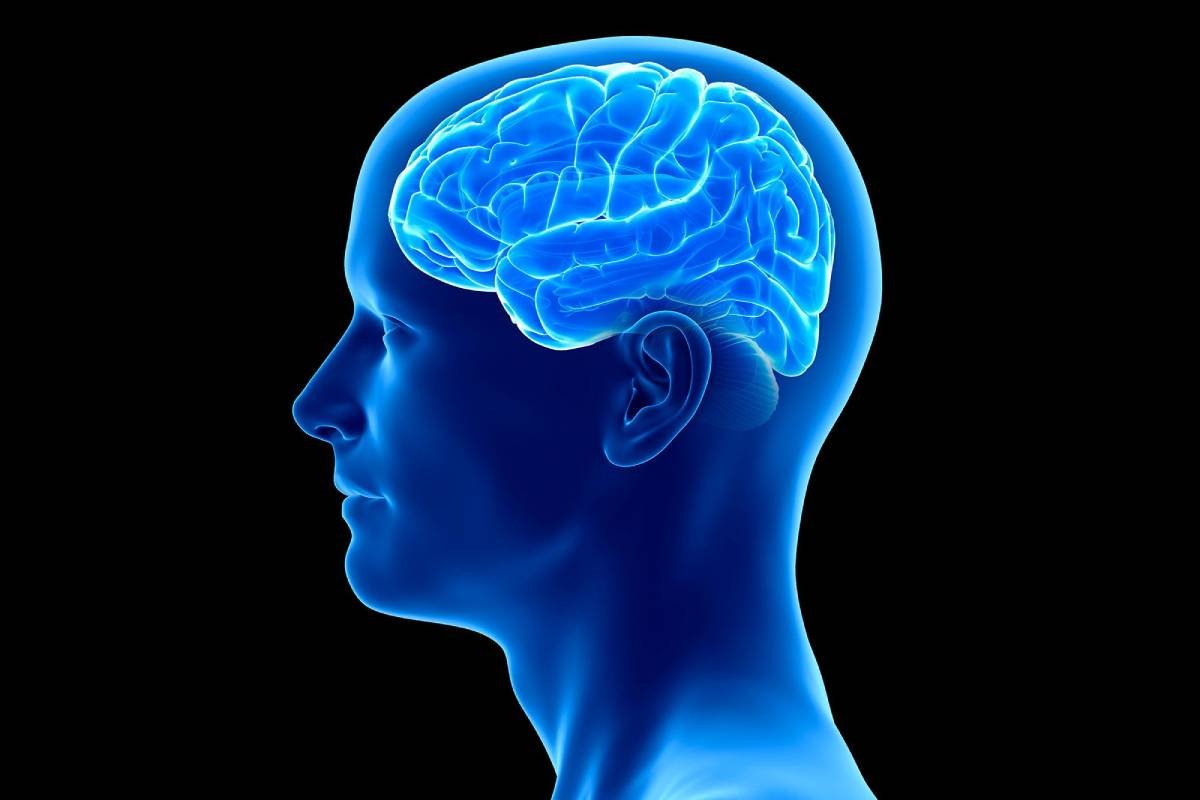IISc uses GPUs to study human brain connectivity
June 28, 2022 | Tuesday | News
ReAl-LiFE can rapidly analyse enormous amounts of data generated from diffusion dMRI scans of the human brain
Image credit: shutterstock
A new Graphics processing unit (GPU)-based machine learning algorithm developed by researchers at the Indian Institute of Science (IISc), Bengaluru can help scientists better understand and predict connectivity between different regions of the brain.
The algorithm, called Regularized, Accelerated, Linear Fascicle Evaluation, or ReAl-LiFE, can rapidly analyse the enormous amounts of data generated from diffusion Magnetic Resonance Imaging (dMRI) scans of the human brain. Using ReAL-LiFE, the team was able to evaluate dMRI data over 150 times faster than existing state-of-the-art algorithms.
The improved algorithm, ReAl-LiFE, was also able to predict how a human test subject would behave or carry out a specific task. In other words, using the connection strengths estimated by the algorithm for each individual, the team was able to explain variations in behavioural and cognitive test scores across a group of 200 participants.
Such analysis can have medical applications too. “Data processing on large scales is becoming increasingly necessary for big-data neuroscience applications, especially for understanding healthy brain function and brain pathology,” said the researchers.









